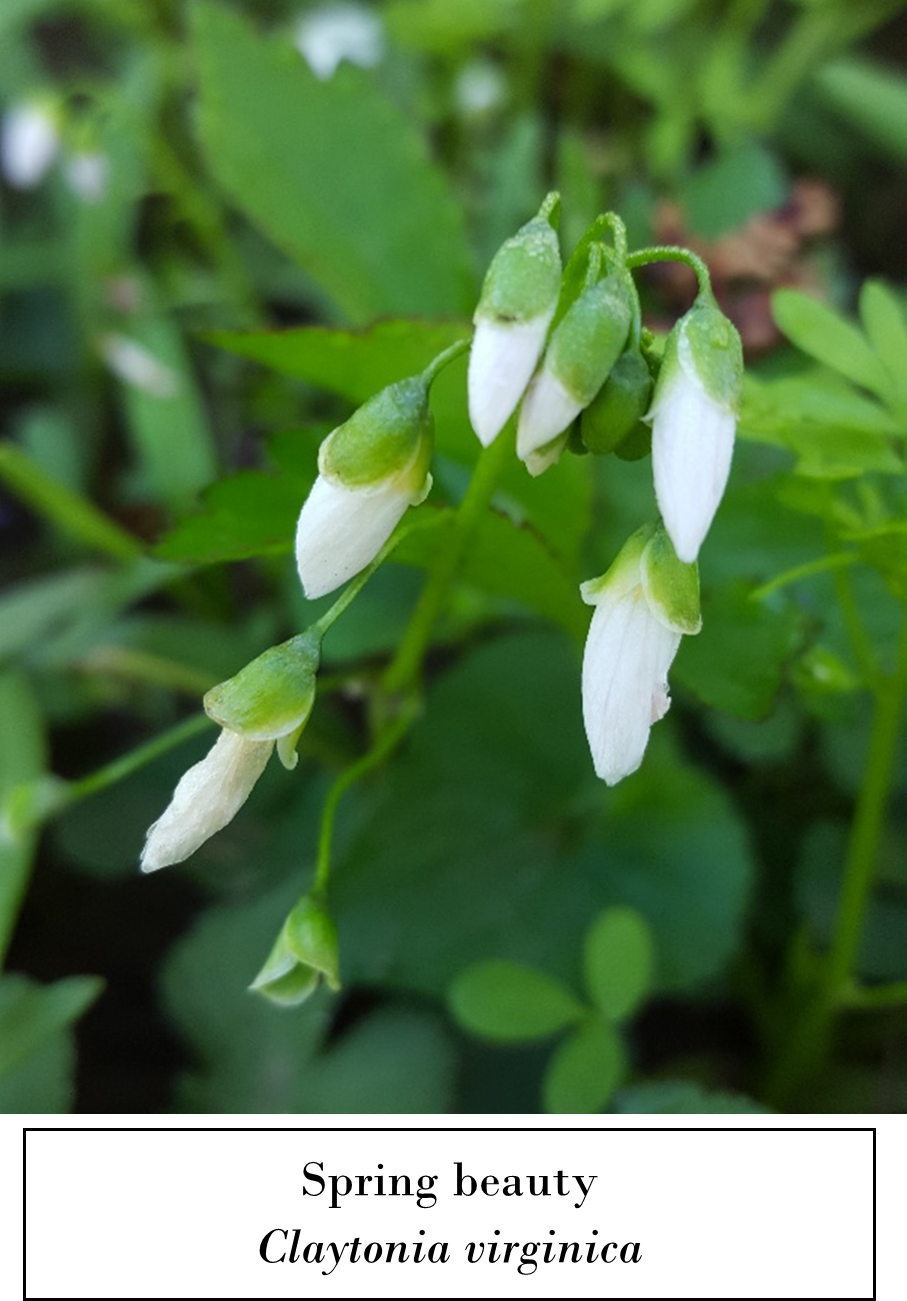Posted: June 15, 2022
Learn all about Spring Ephemerals from Blair County Master Gardener, Pam Rose

Photo Credit: Pam Rose
Spring ephemerals are woodland plants that grow and bloom in early spring before the emergence of leaves on trees and shrubs, when sunlight can still reach the forest floor. They provide an important nectar source for early emerging insects. Spring beauty (Claytonia verginica) is a nectar source for the spring beauty bee (Andrena erigeniae), as well as many other small bees and flies. Trout lilies (Erythroniumsp.) attract Mining (andrenid) bees, a family of small solitary bees, many of which are species-specific, meaning they only visit flowers of one or two related species. Bloodroot (Sanguinaria canadensis) also attracts Mining bees, as well as bumblebees, sweat bees, beetles and flower flies. The blooming of Dutchman's breeches (Dicentra cucullaria) coincides with the emergence of queen bumblebees from their winter hibernation, and they are one of the few insects that can reach the nectar found deep within the flower's spur petal. The seeds of Dutchman's breeches, bloodroot, trillium, trout lily and hepatica have a nutrient-rich fatty structure called an elaiosome, which the plant produces to attract ants. Ants gather the seeds and carry them to their nests where they chew off the elaiosomes and feed them to their larvae. They then take the seed to their waste disposal area, where the seeds germinate. Both plant and insect benefit: the ant gets a food source and the plant's seeds are dispersed. Mayapple, (Podophyllum peltatum) can form dense mats of the forest floor and are visited by bumblebees and other long-tongued bees. Their fruits are an important food source for box turtles and other wildlife. Mayapple and other spring ephemerals die back and go dormant in the summer, so enjoy them while you can!

